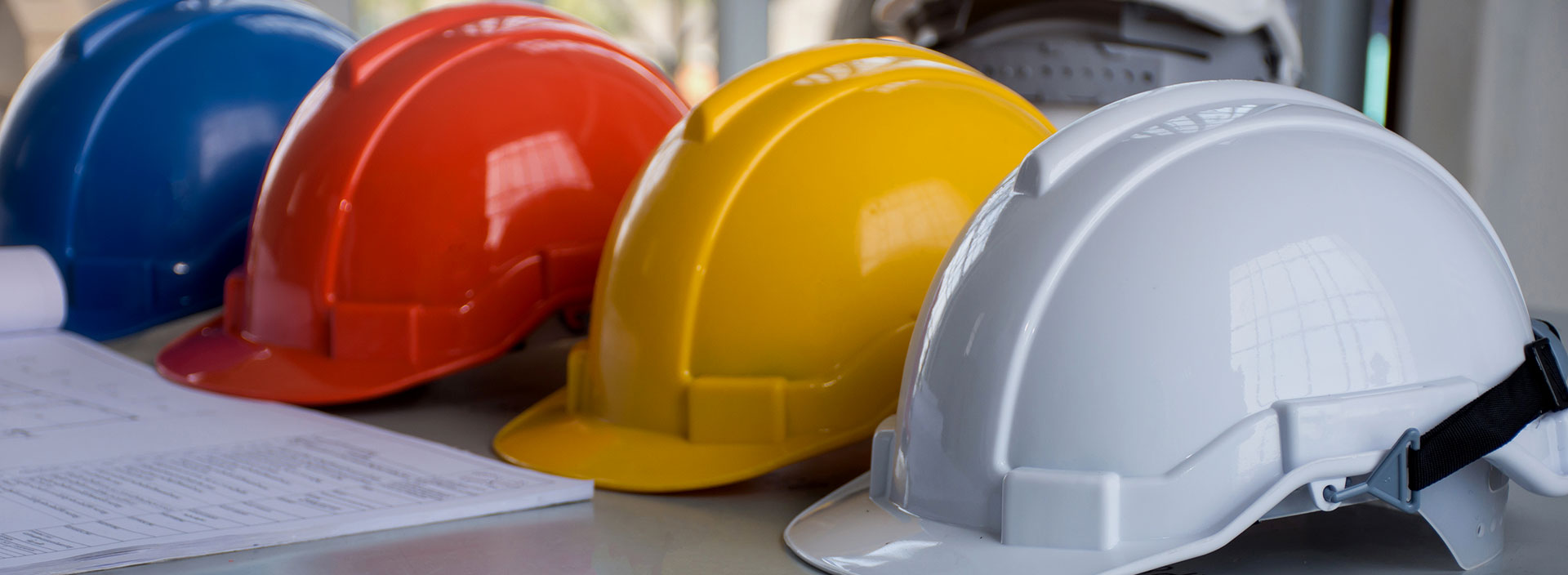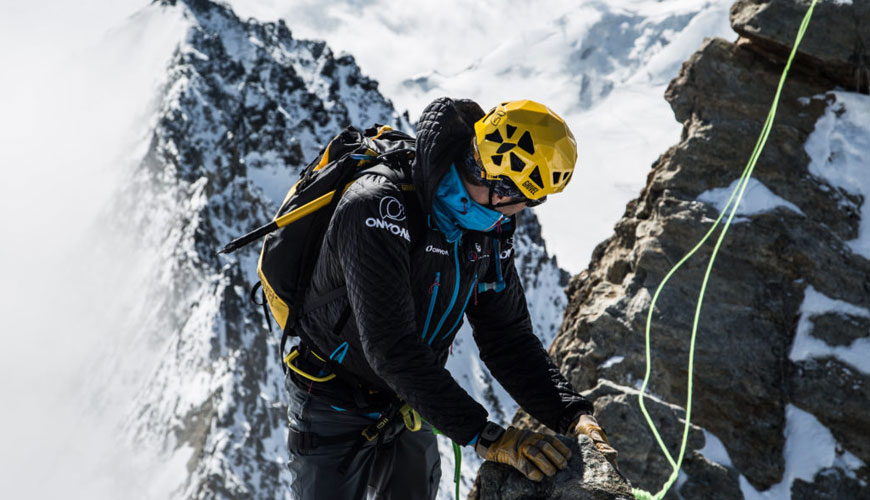

EUROLAB laboratory provides testing and compliance services within the scope of EN 12492 standard. The EN 12492 standard describes the safety requirements for helmets used in hunting and presents test methods. In order to determine whether mountaineering helmets provide protection against sharp and pointed objects, it is tested whether sharp objects enter the helmet.

Similar to both industrial helmets and crash helmets, mountaineering helmets are also designed to protect from a falling mass. However, additional blows are applied to the front, side and back of this type of helmet to reflect the nature of the use during testing. These blows are created at an angle of 30 degrees from the horizontal to the helmet on the head. The strikes are provided by two strikers, each weighing 5 kg, one straight and the other hemispherical.
The test method described in the EN 12492 standard actually includes impact tests similar to the EN 397 standard. However, penetration tests on mountaineering helmets are performed at any point around the helmet, unlike the EN 397 standard, which is limited to an area on the crown of the head.
Helmets only protect the head when in use and therefore the means of holding the helmet on the wearer's head require as much care as the rest of the head protection and are subject to a series of tests. The specific tests performed depend on the type of helmet. But essentially two basic tests are performed: retention system strength and retention system effectiveness.
Retention system (especially chin strap) strength is determined by static or dynamic tests applied to eliminate the possibility of belt failure. Retention system effectiveness is tested by applying a shock load to the back or front of the helmet to pull it out of its head form.
Most specifications for protective helmets include a set of requirements for a helmet design in addition to specific performance requirements. These typically include the coverage provided by the helmet as well as the field of view provided to the wearer when worn. They can also meet a range of ergonomics and safety-based requirements, such as the clearance between the helmet's head and shell (especially in industrial helmets).
EUROLAB, with its more than 25 years of experience, state-of-the-art accredited laboratories and expert team, helps you get precise and fast results. Do not hesitate to contact our laboratory for your testing and certification requests.
To get an appointment, to get more detailed information or to request an evaluation, you can ask us to fill in our form and reach you.